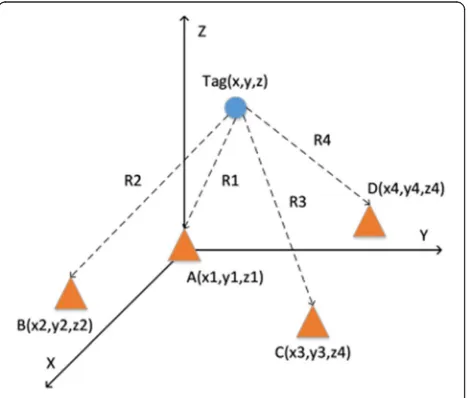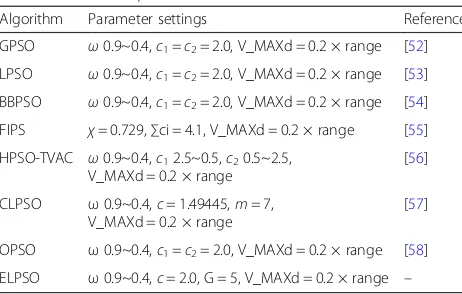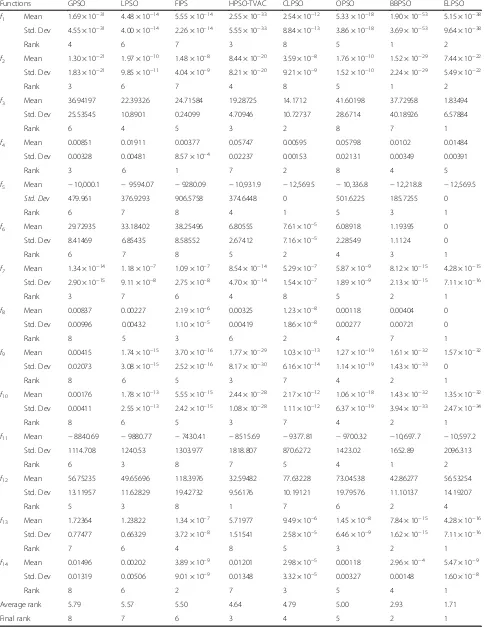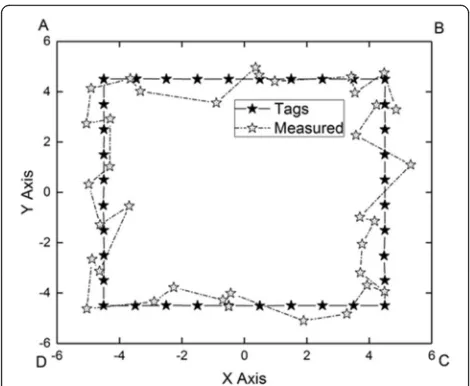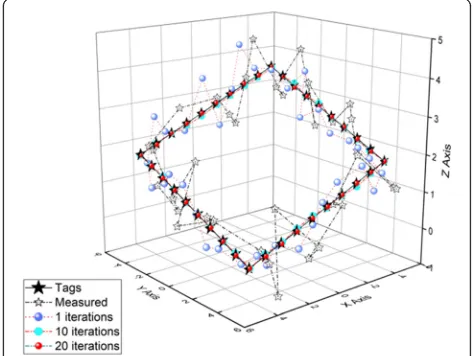Ensemble learning particle swarm optimization for real time UWB indoor localization
Full text
Figure
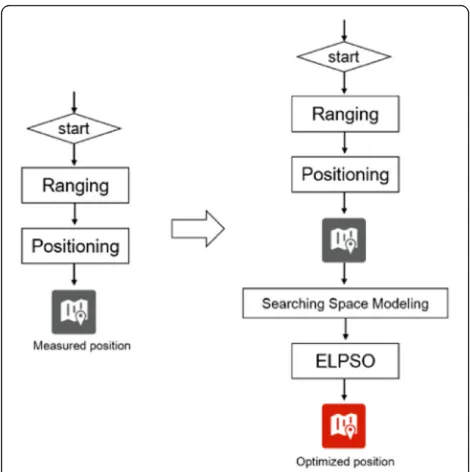
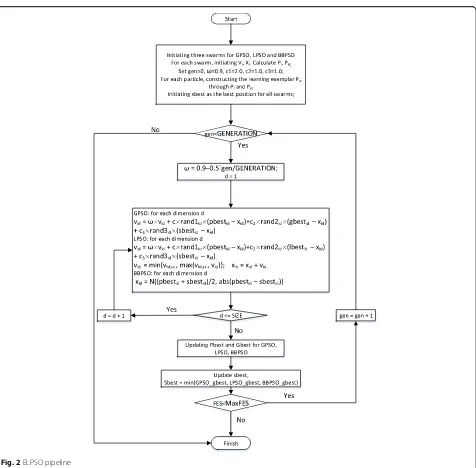
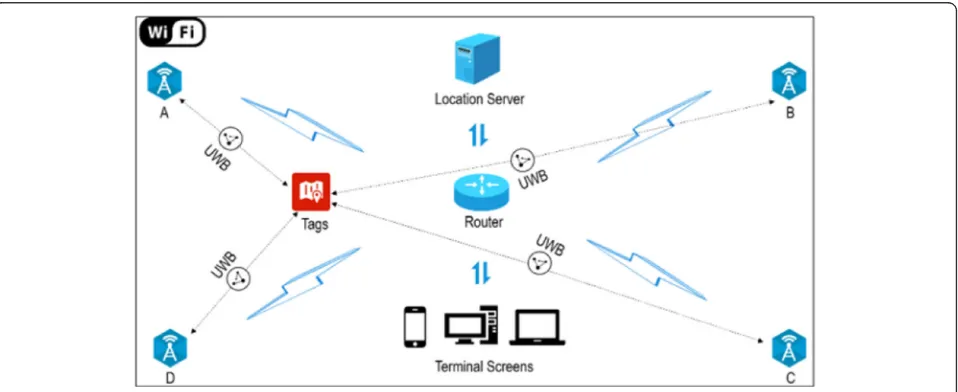
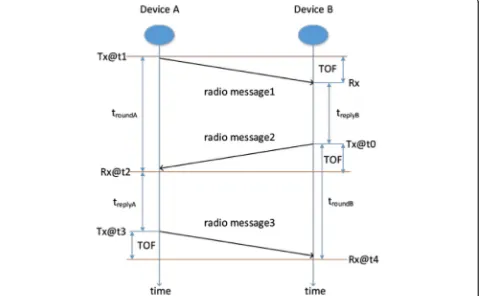
Related documents
In this paper, we proposed a new Cost-Sensitive Laplacian Support Vector Machine(called Cos-LapSVM) , which can deal with the cost- sensitive problem in Semi-Supervised Learning.. The
Results: In order to characterize the role of the ependymal barrier in the immunopathogenesis of NCC, we isolated ependymal cells using laser capture microdissection from mice
In science, strong correlations between citation counts and peer review quality scores (see appendix) in conjunction with the hierarchical nature of science and to
Based on their review of the literature, one can conclude that university students are not fully aware of forms of plagiarism as cheating, stealing and dishonest acts;
Figure 29: Convergence of onshore directed wave induced transport (blue) and offshore directed tidal and subtidal current induced transport (red) over Curlew Shoal induces
To address the strength of the CDCV model on a worldwide scale and to evaluate the effects of local positive selection on worldwide risk allele frequencies, we present
Therefore, the purpose of this manuscript was (i) to review the role of HOX genes in SC di ff erentiation, particularly in embryonic, adult tissue-speci fi c, and induced pluripotent
Aim of the present study was to explore the influence of demographic and disease related factors on parental HRQoL, mediated by employment, income, leisure time, holiday and
